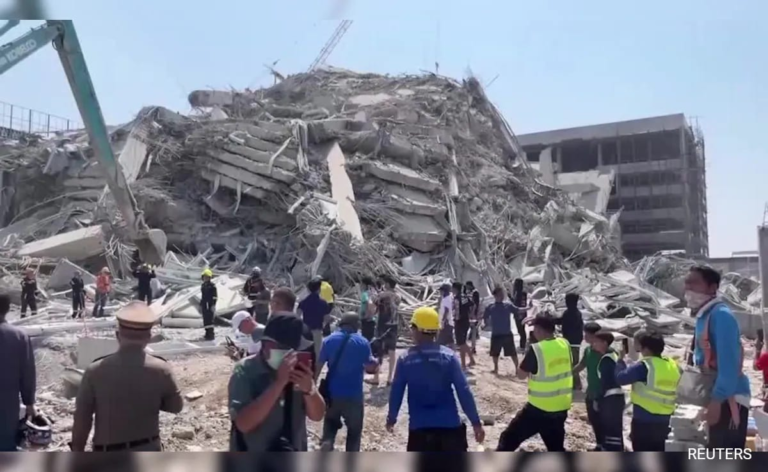
Geological instability, rampant development and traffic-induced vibrations are among the causes cited by various government institutions that studied the subsidence phenomenon in Joshimath. A large number of buildings in this Uttarakhand town had developed cracks and ground fissures forcing residents to shift. The town’s trajectory of growth is a lesson in how not to build in the Himalayas, a young mountain system prone to quakes and landslides. It has lessons for other cities and towns in the mountains.

Joshimath is an old settlement that falls on the pilgrimage route to Badrinath. The surge in pilgrim traffic in recent years — 1.3 million people have travelled to Badrinath so far this year — has resulted in a spate of constructions in the town and a sharp rise in vehicular traffic. The town is situated in a high seismic zone and falls on a geological fault line. A Central Water Commission study has said that constructions on the “spring zone” prevented the flow of spring water and resulted in an overflow of groundwater. The sum of it is that Joshimath, situated in a precarious location, has outgrown its capacity and may not survive as a settlement.
There is a warning in this for the old administrative towns and hill stations in the Himalayas, serviced by poorly designed roads and threatened by unsustainable tourist traffic. There may be a need to augment infrastructure in the Himalayas for reasons of national security. However, securing the lives, livelihoods and homes of the residents is the first step in upgrading security. The gains of power projects, railway schemes and highways, have to be weighed against the sensitive ecology of the region. Joshimath is a warning in a time of climate uncertainty. Do not ignore it.
 Subscribe today by clicking the link and stay updated with the latest news!” Click here!
Subscribe today by clicking the link and stay updated with the latest news!” Click here!Continue reading with HT Premium Subscription
Daily E Paper I Premium Articles I Brunch E Magazine I Daily Infographics










